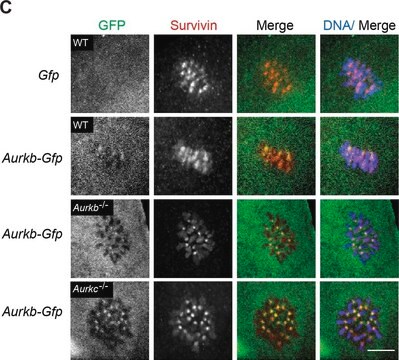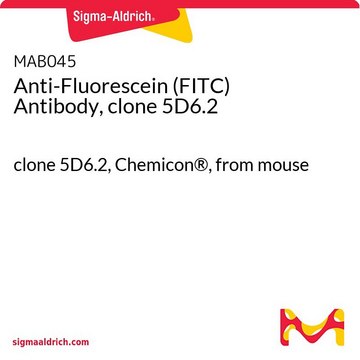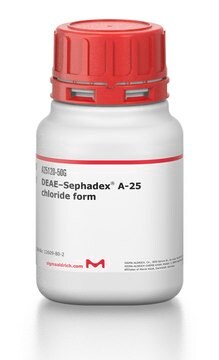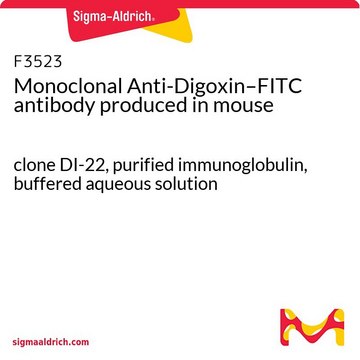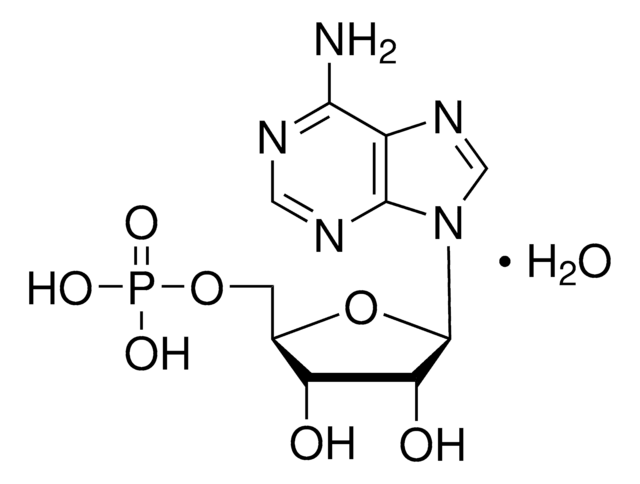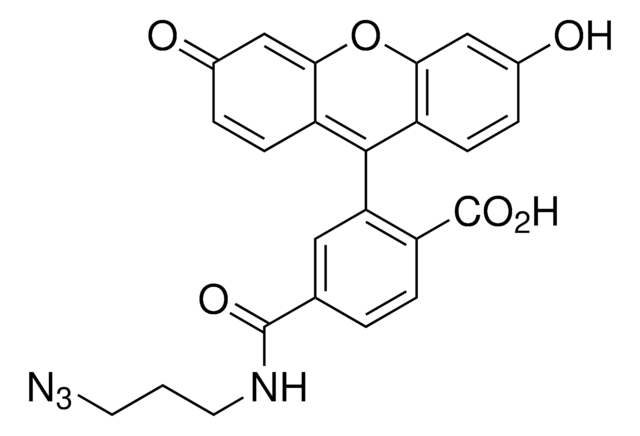B0287
Monoclonal Anti-FITC−Biotin antibody produced in mouse
clone FL-D6, purified immunoglobulin, buffered aqueous solution
Sinónimos:
Monoclonal Anti-FITC
About This Item
Productos recomendados
biological source
mouse
Quality Level
conjugate
biotin conjugate
antibody form
purified immunoglobulin
antibody product type
primary antibodies
clone
FL-D6, monoclonal
form
buffered aqueous solution
technique(s)
immunohistochemistry (formalin-fixed, paraffin-embedded sections): 1:400 using human tonsil
isotype
IgG1
shipped in
dry ice
storage temp.
−20°C
target post-translational modification
unmodified
¿Está buscando productos similares? Visita Guía de comparación de productos
General description
Specificity
Immunogen
Application
- for amplification of signal in immunofluorescence assays
- in Ag-activated beads for flow-based micro immunoassay of parathyroid hormone and IL-5
- enzyme linked immunosorbent assay (ELISA)
Biochem/physiol Actions
Physical form
Disclaimer
¿No encuentra el producto adecuado?
Pruebe nuestro Herramienta de selección de productos.
Storage Class
10 - Combustible liquids
wgk_germany
WGK 3
flash_point_f
Not applicable
flash_point_c
Not applicable
Elija entre una de las versiones más recientes:
¿Ya tiene este producto?
Encuentre la documentación para los productos que ha comprado recientemente en la Biblioteca de documentos.
Nuestro equipo de científicos tiene experiencia en todas las áreas de investigación: Ciencias de la vida, Ciencia de los materiales, Síntesis química, Cromatografía, Analítica y muchas otras.
Póngase en contacto con el Servicio técnico
